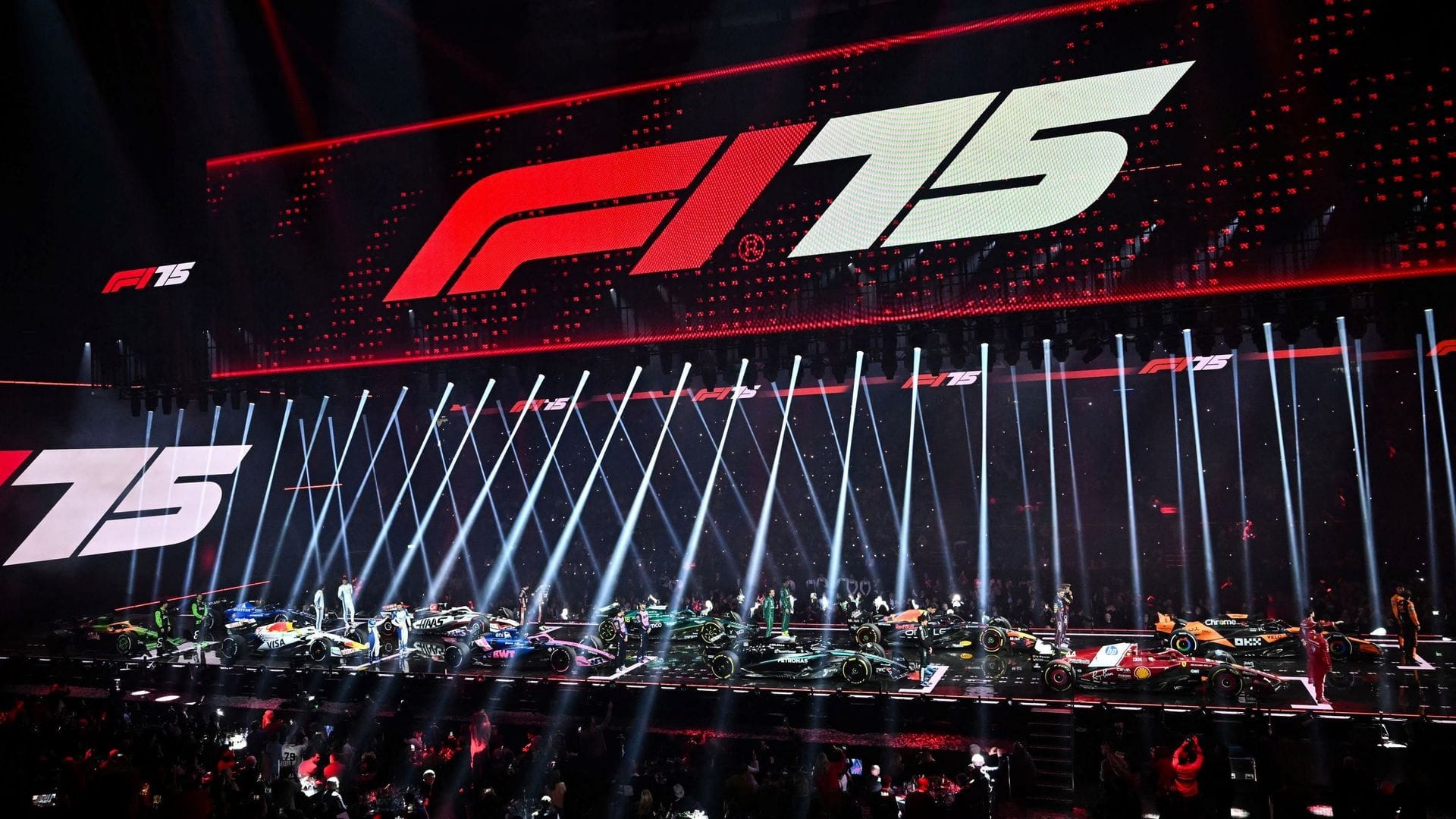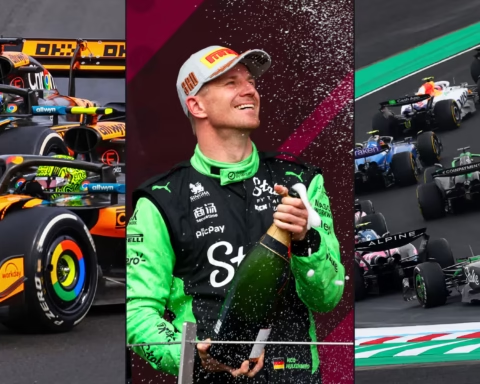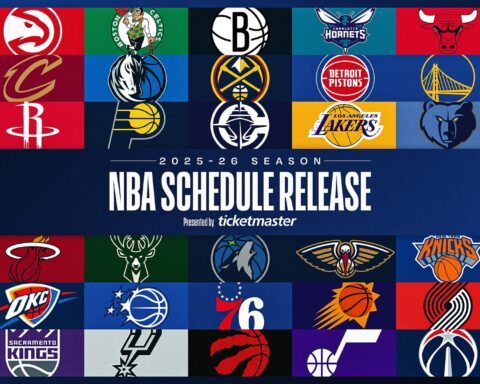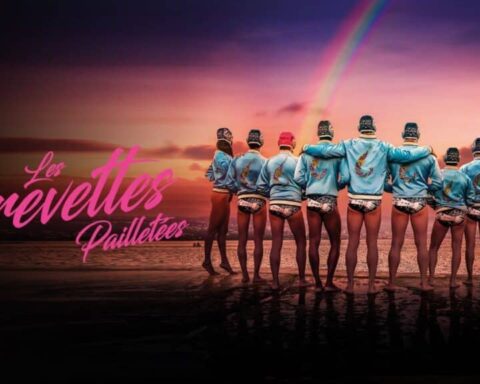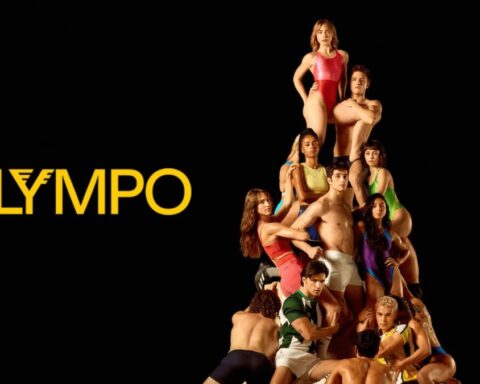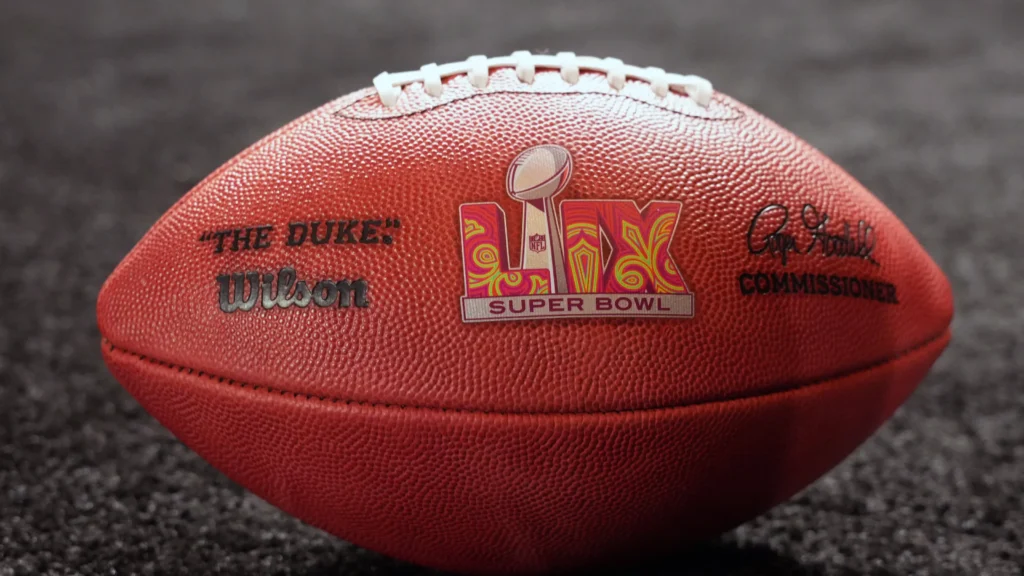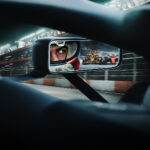Formula 1’s first-ever pre-season launch event at London’s iconic O2 Arena marked a historic moment for the sport. With the 2025 season just around the corner, the event aimed to celebrate not only the start of a new chapter in F1 but also the sport’s 75-year history. From a high-energy atmosphere to creative liveries and unexpected celebrity appearances, the event promised to redefine how Formula 1 presents itself to the world. And while it was a huge success in terms of spectacle and audience engagement, its remote viewing experience left some fans feeling that style outshone substance.
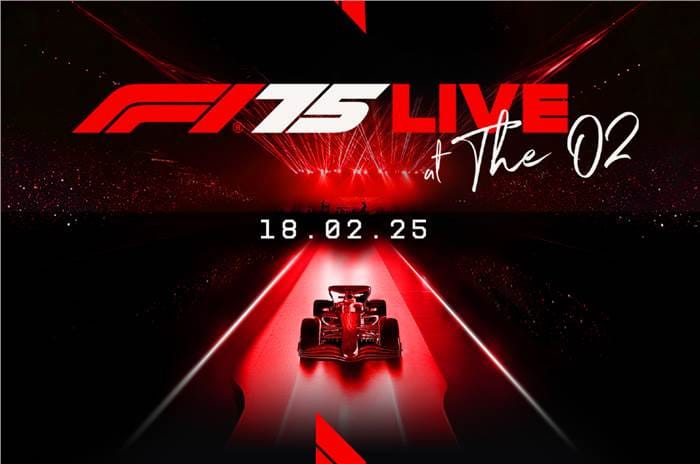
A Show for the New Era
For the first time ever, Formula 1 took the plunge into the world of arena entertainment with a concert-style event. Held before a live audience of 15,000 fans, the evening mixed high-production values, music acts, and the all-important car reveals, aiming to create a thrilling atmosphere akin to a rock concert. While the O2 Arena may not be an unfamiliar venue for musical legends, it was certainly uncharted territory for Formula 1, a sport traditionally known for its reserved and polished presentation.
F1 kicked off the evening with Jack Whitehall, a British comedian and TV personality, as the host. Whitehall’s opening skit, which felt more akin to a Golden Globes-style award show rather than a traditional F1 presentation, set the tone for the evening. With a series of playful jabs at drivers, teams, and rivalries, the event immediately felt less serious, a break from F1’s usual image of formalities and professional detachment. One such moment—when Whitehall teased Max Verstappen by saying, “Cheer up Max, we didn’t sit you next to George Russell”—perfectly captured the tongue-in-cheek humor that ran throughout the night.
The biggest strength of the event was the visual production. The combination of state-of-the-art technology and an enlarged catwalk allowed each team to present their liveries in the most dynamic way possible. The use of a massive LED panel ensured that the cars looked stunning, while lighting and choreography added an extra level of excitement, ensuring that F1 had never looked so visually striking.
Team Livery Reveals: Creativity Meets Inequality
The night’s centerpiece—the 2025 team livery reveals—was where the event began to take on its true form. Each of the 10 teams had a generous seven-minute slot to present their designs, providing teams with the freedom to showcase their creativity however they chose. This approach was a welcome departure from the usual sterile F1 team launches, where uniformity and predictability are common.
Sauber set the bar early with a futuristic, cyberpunk-inspired design that featured a striking mix of black and neon green, catching the eye with its bold lines and aggressive stance. Williams followed suit with a heartfelt tribute to their founder, Sir Frank Williams, but its stage presentation, while emotional, was somewhat awkward. Team Principal James Vowles donned the role of MC, flanked by Williams stormtrooper-like pit crew in an unusual bit of showmanship. The pre-recorded tribute was great, but the live reveal could have been smoother.
Perhaps the most striking livery of the night came from the Red Bull-affiliated squad, which embraced its complex name and leaned into the confusion. The team used humor to explain its many monikers—“VCARB” and “Visa Cashapp Racing Bulls”—before revealing a car design that was as sleek as it was stunning. The simple yet powerful color scheme easily captured the audience’s attention.


Meanwhile, Alpine attempted something different with a mini-DJ set by F1 composer Brian Tyler and his alter ego “Are We Dreaming,” merging dark synths and hip-hop. While the musical set was mesmerizing, it did little to shed light on the team’s identity or future aspirations. This marked a recurring theme of the night: while the spectacle was impressive, the focus on style sometimes overshadowed the substance.
The Aston Martin reveal took things to another level with an over-the-top James Bond-inspired scene, which featured Fernando Alonso and Lance Stroll racing across the Thames on armed powerboats before being lowered onto the stage. The subsequent animation and live performance by singer Tem created a classy and cinematic moment, showing just how far the team was willing to go to stand out.
Pantomime, Cheers, and Boos: The Audience’s Role
One of the more interesting aspects of the event was the audience interaction. While F1 is typically a highly controlled environment, the O2 Arena gave fans a chance to express their feelings openly. The crowd cheered loudly for Lewis Hamilton and Lando Norris, while Max Verstappen, Christian Horner, and the FIA found themselves subject to boos. The mood was definitely more like a pantomime than a rock concert, with fans reveling in the drama of F1 rivalries rather than appreciating the car reveals in isolation.
Despite the fanfare, there was a noticeable lack of driver involvement. Beyond brief appearances and obligatory “hope the car is as fast as it looks” soundbites, the drivers were largely sidelined in favor of flashy performances and musical interludes. As the night wore on, it became increasingly clear that the drivers—the true stars of the sport—weren’t given the time to speak meaningfully about their team’s ambitions or the upcoming season.


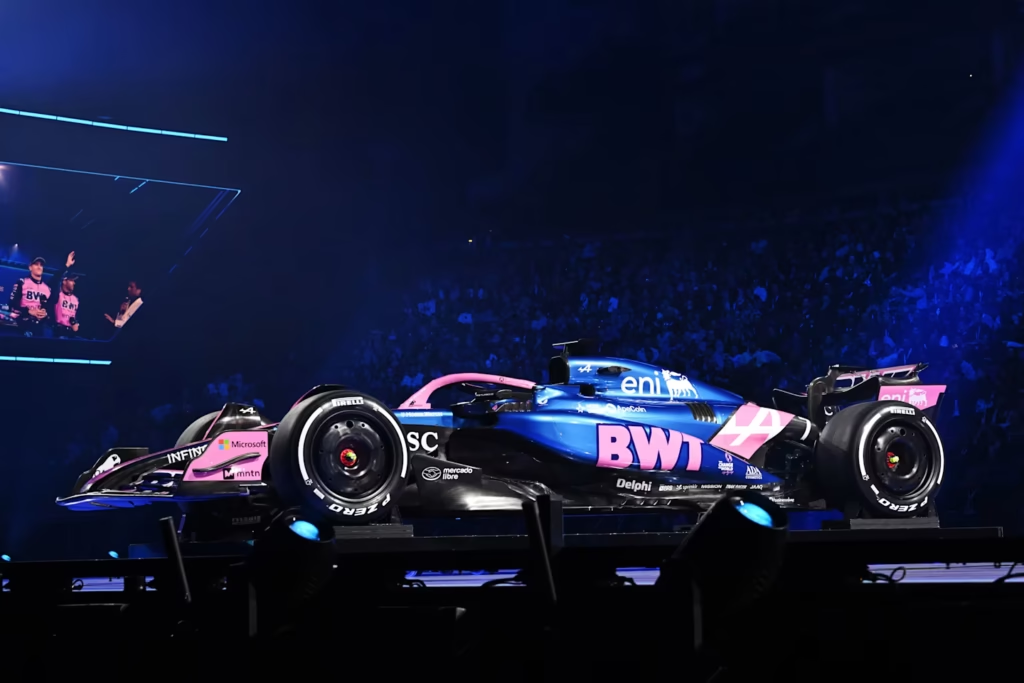
The Mixed Remote Experience
For those watching from home, the event, while visually stunning, was harder to digest. F1’s attempt to deliver an all-encompassing experience, with music, performances, and interviews interspersed with car reveals, was met with mixed reactions. The pacing felt off, and after the excitement of the first few reveals, the momentum slowed. By the time Mercedes and Red Bull’s liveries were unveiled, viewers were left wondering if the show had overstayed its welcome.
In particular, Max Verstappen’s silence during Red Bull’s reveal spoke volumes. His and teammate Liam Lawson’s refusal to speak on stage left Christian Horner to bear the brunt of the stage presence—and the crowd’s boos. While some moments were undoubtedly entertaining, it was hard not to feel that the event, at times, was just about spectacle rather than the real substance that fans tune in for.
Celebrating the Past, Embracing the Future
While the event was undeniably a celebration of F1’s 75-year legacy, the focus clearly shifted towards the future. The pre-recorded montage at the start was a fitting tribute to F1’s history, and there were touching moments, such as Ferrari’s homage to Enzo Ferrari and the teaser for the upcoming Brad Pitt F1 movie. But as the event progressed, it became clear that F1 was positioning itself not just as a motorsport, but as a global entertainment franchise, something that would engage both new fans and casual spectators.

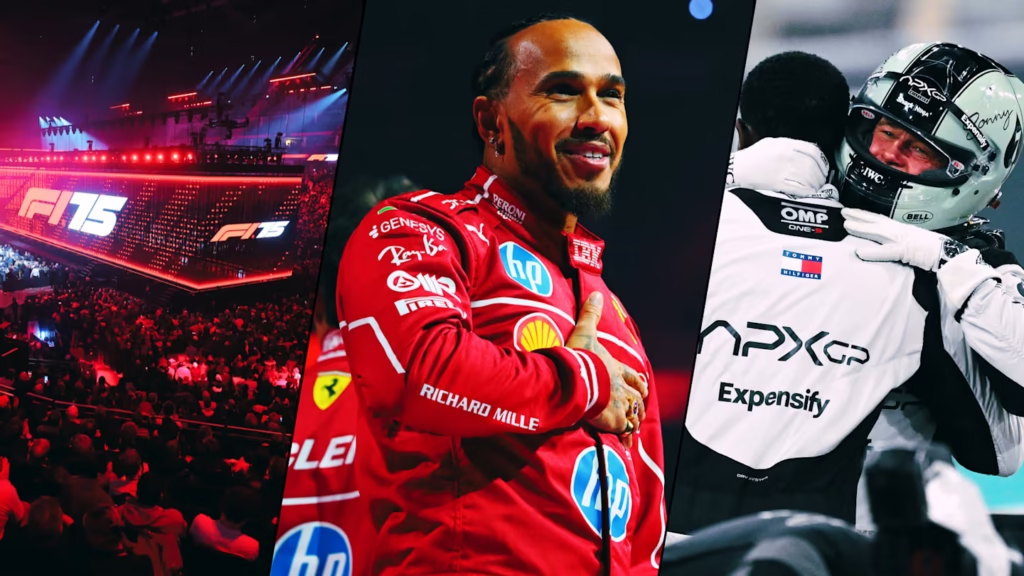
A Step Forward, But Not for Everyone
In the end, the F1 75 launch event was a resounding success in terms of reach. F1 claimed that there were 1.1 million concurrent live viewers on YouTube alone, with the total viewership reaching 7.5 million across various platforms. The event succeeded in showcasing the sport in a fresh, dynamic way, attracting new fans and making Formula 1 feel more accessible and modern.
However, the pacing issues and reliance on spectacle meant that not everyone enjoyed the experience equally. While the energy of the arena and the enthusiasm of the presenters created a memorable atmosphere, the overuse of musical acts, overly long segments, and lack of focus on driver involvement left some viewers wishing for more.
Ultimately, the F1 75 pre-season launch achieved its goal of reinventing the F1 experience. While it might not have been everyone’s favorite event, it laid the groundwork for how Formula 1 will continue to evolve in the years to come—whether that involves more spectacle, more racing, or perhaps a balance between both.
